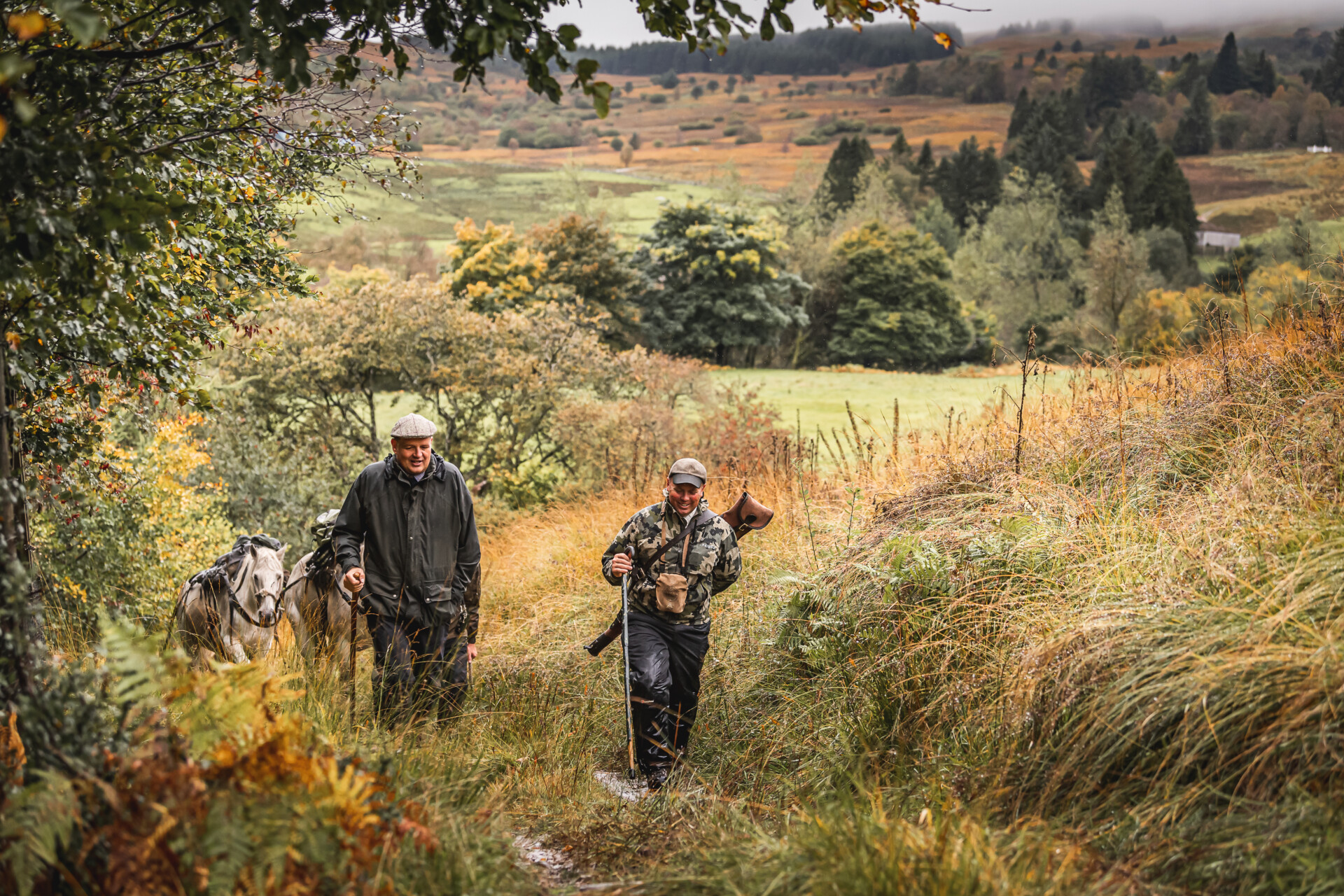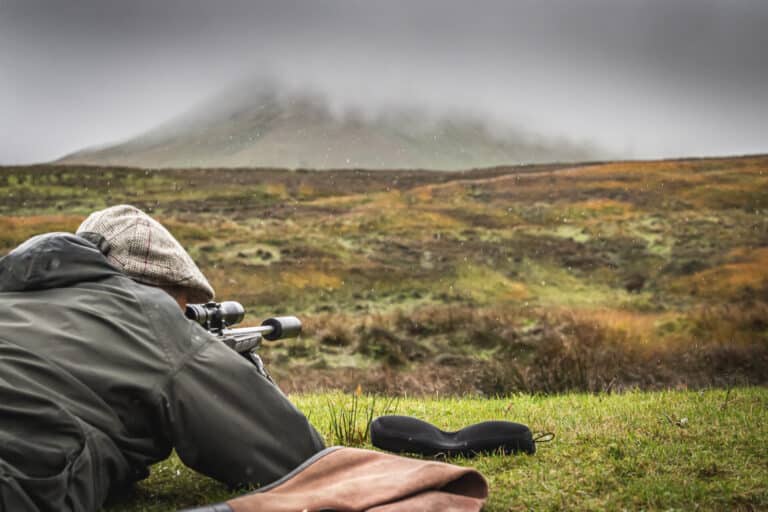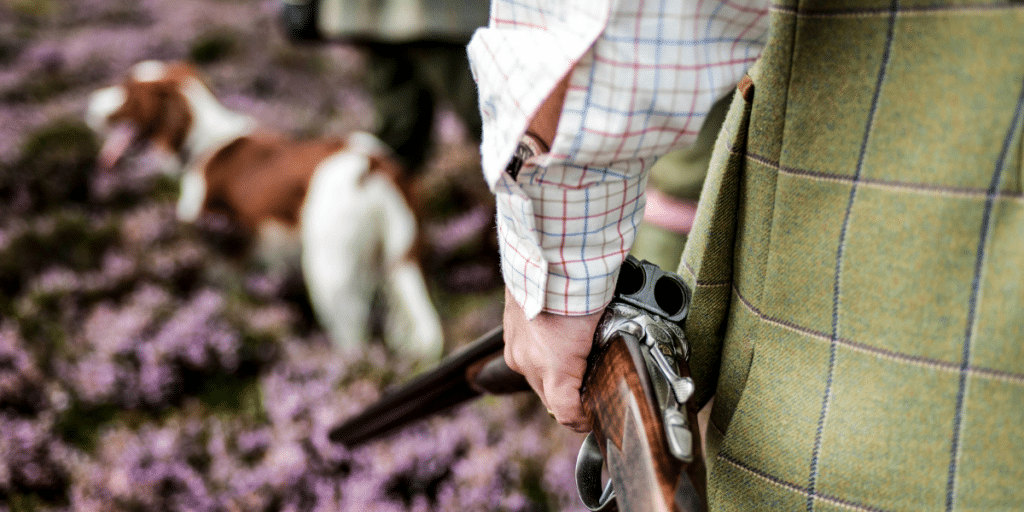Stalking Seasons
Traditionally, Deer stalking in Scotland has occurred during specific seasons regulated for conservation purposes. The season dates vary depending on the gender and species of deer being stalked. However, as of October 2023, there will no longer be an enforced closed season for male deer of any species in Scotland. Though legislation has removed close seasons, many Scottish estates adhere to historic seasonal dates for conservation. It’s best to confirm directly with estates on their stalking season policies.
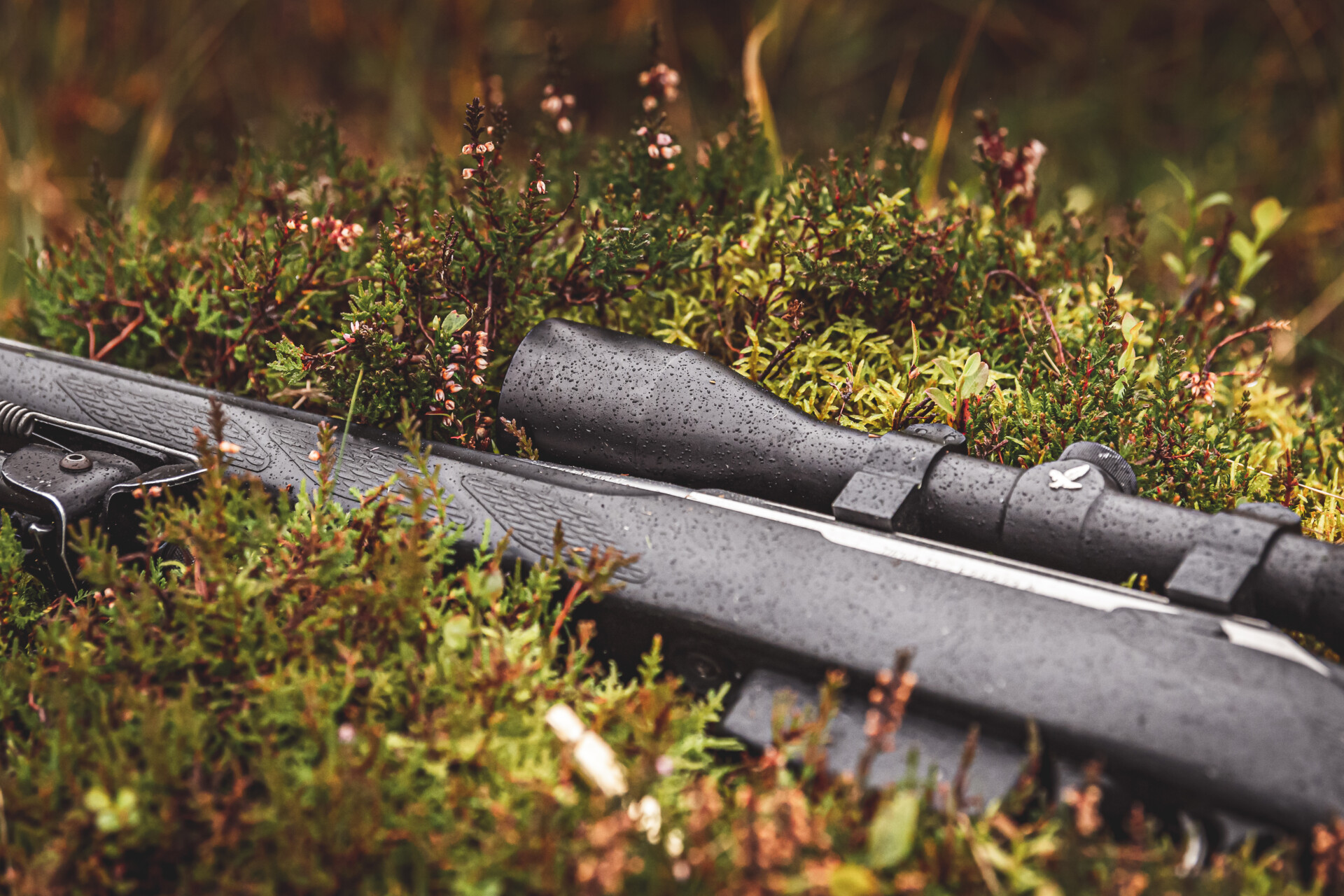
Red Deer Stag Stalking traditionally runs from 1st July to 20th of October, while hinds can be stalked between the 21st October and the 15th February. Sika deer have a similar seasonal pattern, with stags stalked from 1st July through 20th October and hinds from 21st October to 15th February. Roe deer bucks can be stalked from 1st April to 20th October, does can be hunted between the 21st October to 31st March. Fallow deer bucks are in season from 1st August to 30th April and from 21st October to 15th February.

Hind Stalking
As the hind stalking season comes to a close in mid-February each year, there is a powerful sense of tradition and camaraderie among Scotland’s deer stalkers. They have spent months traversing heathered hills and peat bogs, matching wits with their quarry. Stalking the hind requires patient tracking in a more challenging environment which includes shorter daylight hours, hinds in large groups and potentially adverse weather. A short season and pressure to reach a cull figure may give rise to the opportunity for more than one stalk in the day’s outing.
The hind is a warrior, her senses keener during maternal months. Approaching near enough for a clean shot tests a stalker’s fieldcraft. Reading the wind, moving through terrain strategically, and deploying calls with precision all come into play. The seasoned stalkers embrace the chase, harbouring immense respect for the quarry that keeps them sharp season after season.
As the season’s end nears in February, stalwart stalkers make their last venture onto the misty mountainsides in the hope of that final successful outing. The hillsides are home territory after months of rising before dawn and returning after dark. There is nostalgia now for long days spent in pursuit amidst nature’s grandeur – the scent of heather brush and golden eagles circling overhead. Each stalker reflects on moments engraved in memory during quiet hilltop vigils, glassing herds as the sinking sun ignites the landscape.
They must balance their profound desire for one more memorable day afield with the ethical responsibility of ensuring game preservation and steady herds for seasons to come. The community of stalkers has come together, collaborating on tracking and trends. They understand their role in sustainable management. As the culminating February moon wanes, talk turns to spring’s hope ahead.
A special bond forms through the shared hardship, passion and ethics of sustainable hind stalking in Scotland. Respect is etched into weathered faces – for the wild dignity of the deer, for the comradery of their fellow huntsmen, and for upholding heritage with conservationist conscience at the fore. They anticipate tales exchanged by crackling fires in bothies amid old laughter – traditions passed down through generations, new and old.
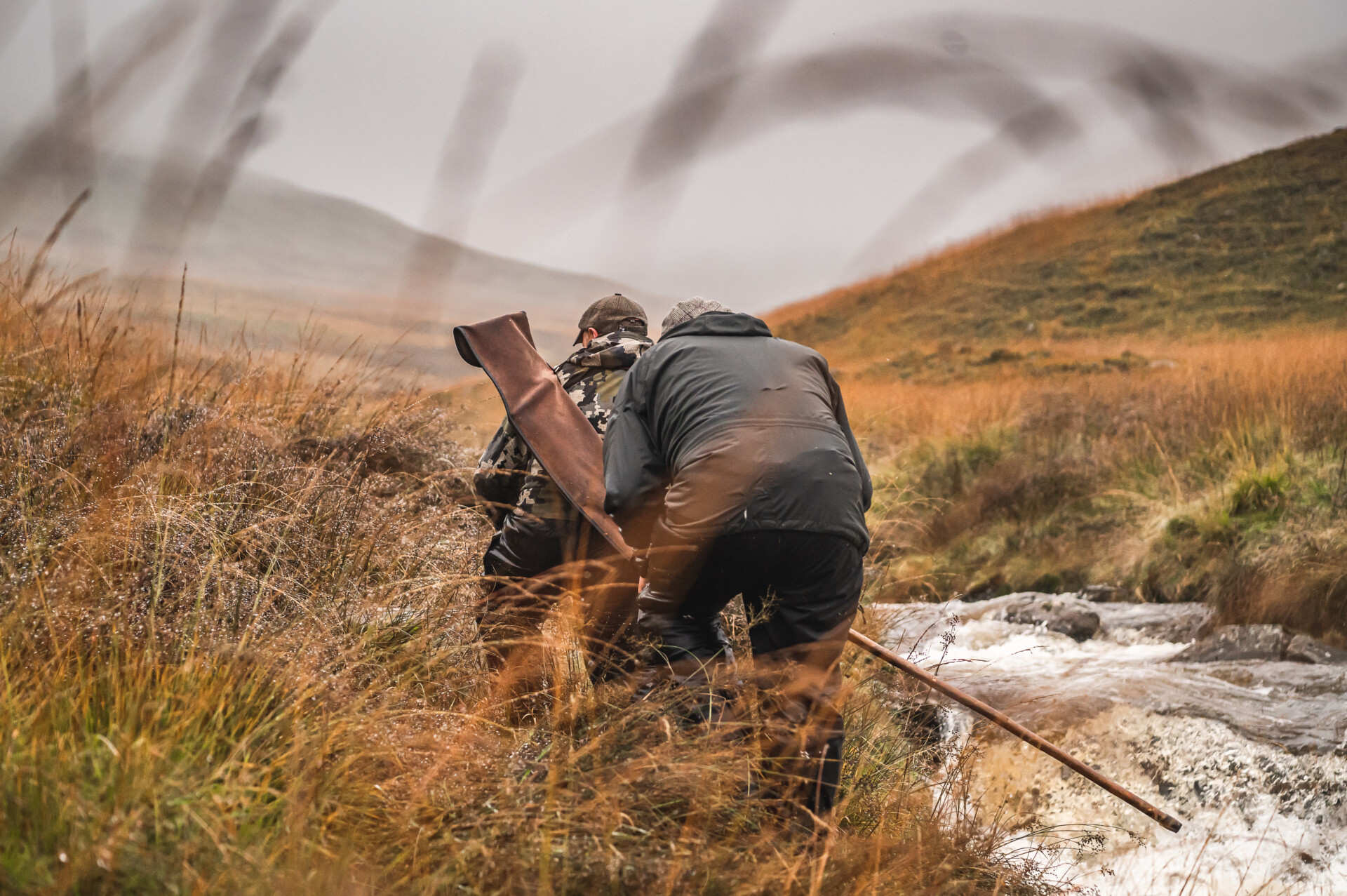
Summer Stalking
With the arrival of summer in Scotland comes long-awaited deer stalking opportunities. Though hind populations are protected in spring to allow calves time to mature, stags emerge from winter cover in peak condition, ready to be pursued anew. These bachelor groups wander high on the hills, antlers fully formed.
On 1st July each season, enthusiastic stalkers eagerly gather equipment and take to the landscapes they know so well. Careful plans are laid for early mornings, glassing known rutting grounds and valleys between favoured corries. Well-used rifles are checked and re-sighted, and provisions readied. Special locations kept secret mark personal favourites – whether an idyllic birch wood or loch edge for spotting crossing deer.
As the season begins, Scotland’s wealth of public and private land offers ample room to roam in search of trophy stags. The lucky few with access rights to remote estates are privileged to keep locations private. Public lands see more traffic, but early risers still find undiscovered pockets. Grouse moors, forest fringes, and high mountain corries echo with the sounds of rifle fire once more.
For visitors and locals alike, summer stalking in Scotland brings the magic combination of dramatic scenery, sporting heritage, and stalking fulfillment. The long daylight hours afford plenty of time to climb high and scan the distant terrain, looking for potential trophy stags highlighted against the skyline and planning your stalk. The view of the majestic Highland scenery becomes the backdrop for a memorable stalk, creating lasting memories and images etched by sights and sounds that will live long in your memory.
As summer progresses towards autumn, Scotland’s stalkers make the most of favourable weather and peak conditions to pursue their quarry. Whether solitary figures patiently glassing the hillside or the camaraderie of friendly rivals gathered around the bothy fire, the early months set the season’s rhythm. Summer stalking starts slow and steady, gathering momentum toward autumn’s pinnacle as we approach the red deer rut.
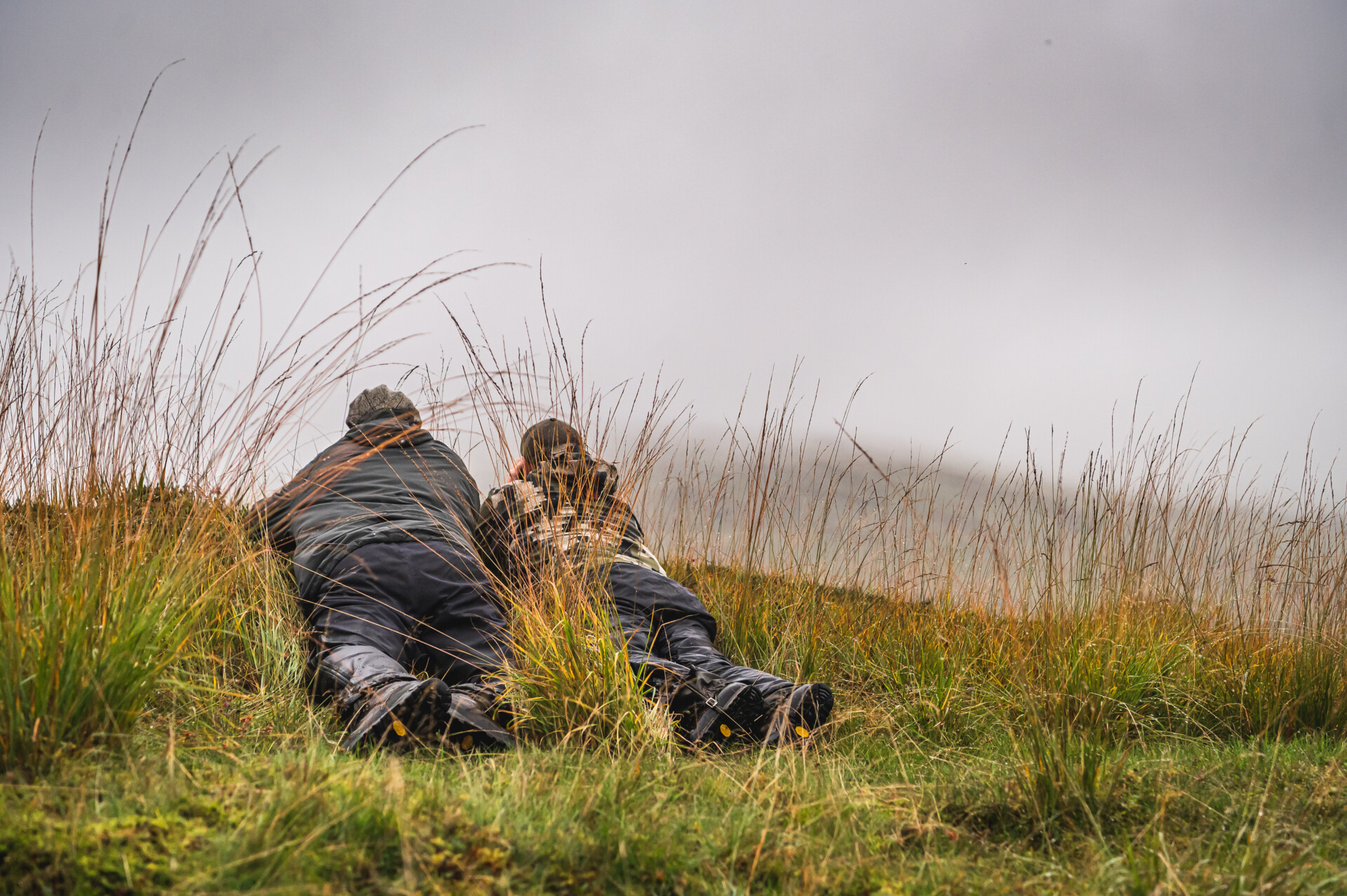
Remony Estate
Nestled in the heart of Speyside, Remony Estate offers outstanding traditional Scottish country sports amidst picturesque scenery. Remony provides guided and non-guided stalking for red, sika, roe, and fallow deer over 35,000 acres of sporting terrain.
With ample woodlands, heather moors, and peatlands, stalkers regularly spot quality stags. Friendly, personal hosting and sustainably managed herds ensure memorable, ethical stalks that connect visitors with Scotland’s wildlife.
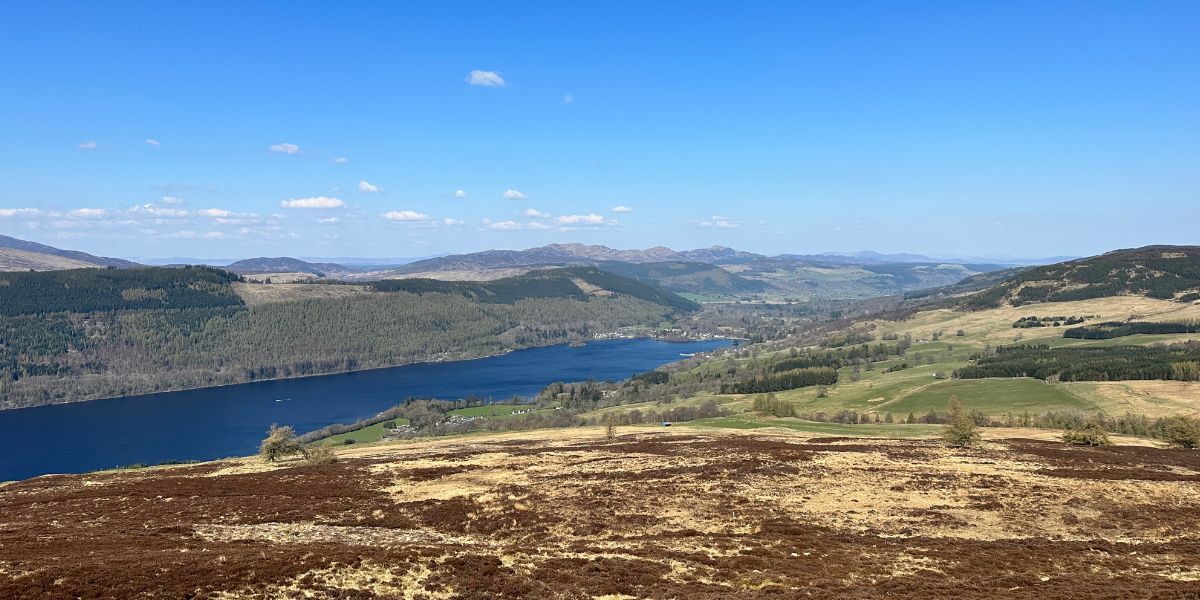
Strone Estate
Strone Estate spans 25,000 acres of Argyll forests and hills, presenting diverse, challenging stalking opportunities. Experienced guides help stalkers pursue red and sika stags through rugged landscapes with breathtaking lochside views.
Strone Estate focuses on one-on-one guiding catered to a stalker’s experience level. Custom outings allow you to set the pace from physical, mountainous hikes to more relaxed forest stalks in scenic birch woods. Strone’s stalking aims to create personal connections to the wild Highlands.
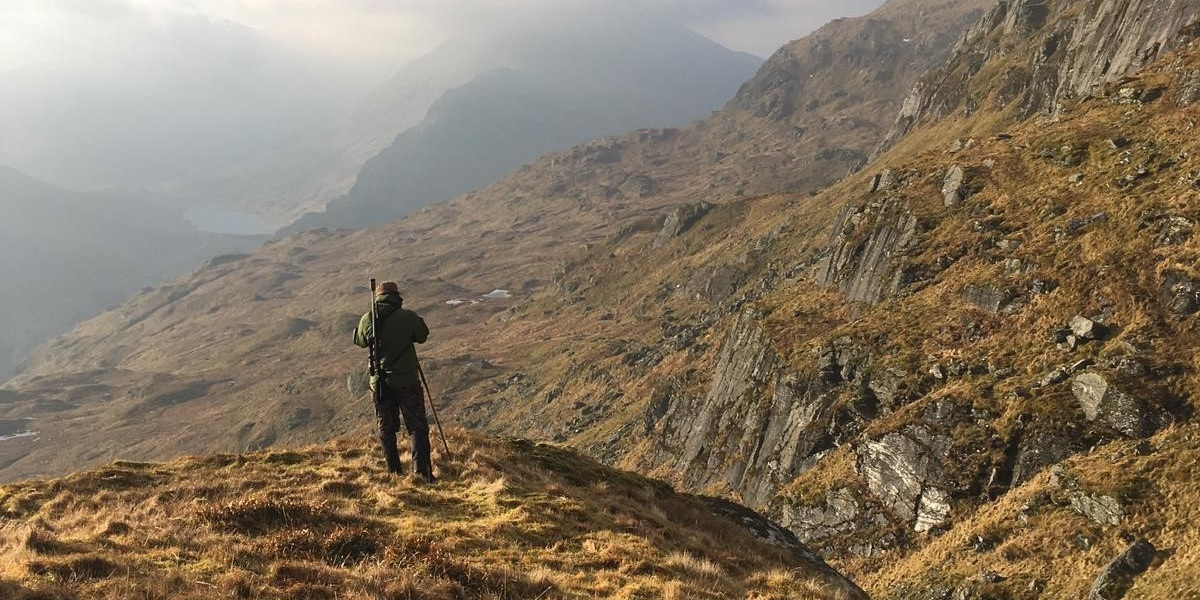
South Ayrshire Stalking
South Ayrshire Stalking provides guided and self-guided stalking across 20,000 acres of prime Ayrshire countryside. Native woodlands, moorlands, burns, and valleys allow intimate access to local deer and abundant species like red grouse.
The holding prides itself on sustainable stalking of wild, free-range deer. Delicious venison from successful stalks can be prepared by a local butcher, adding to the full sporting experience. Stalk red stags in roar during the autumn rut or enjoy summer days pursuing buck roe deer.
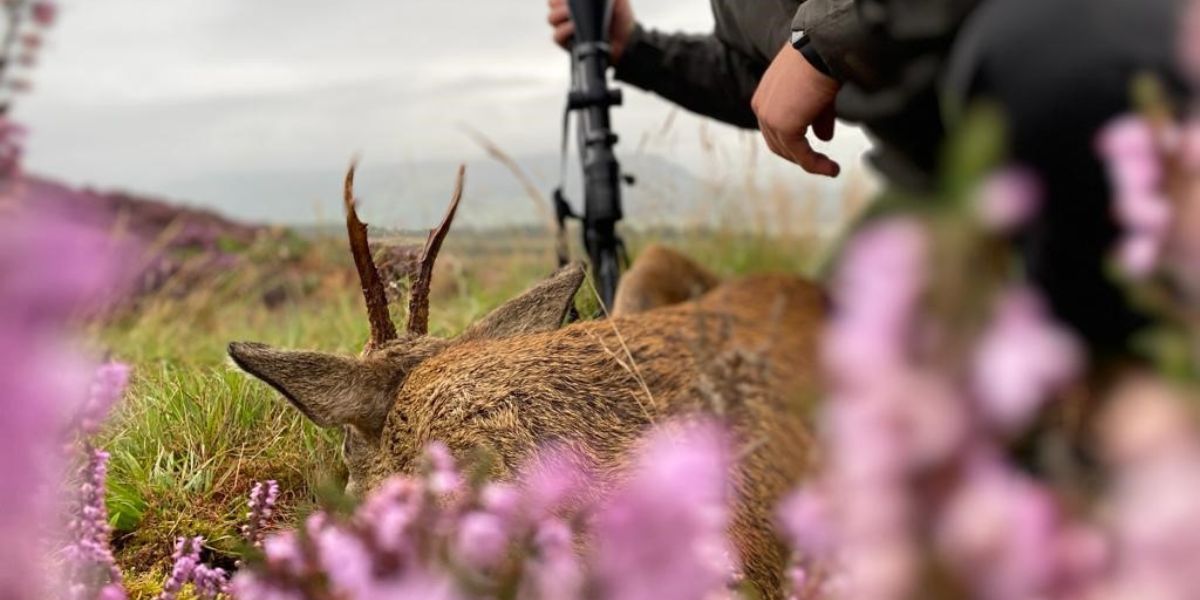
Badanloch Estate
Sprawling across 31,000 acres of Perthshire forests, hills, and glens, Badanloch Estate is a Highland sportsman’s paradise. The remote setting allows entirely wild stalking for a true sporting challenge. Pursue trophy red stags and watchful sika deer through breathtaking landscapes steeped in history.

Badanloch Estate’s exquisite Highland scenery and plentiful deer provide an exceptional Scottish stalking experience. Success here demands fine fieldcraft skills; intricate land knowledge is shared with visiting stalkers to ensure memorable days. Enjoy multi-day expeditions through untouched country or relaxed one-day forest stalks.
Dougarie Estate
Dougarie Estate spans the dramatic sea cliffs and inland ridges of Scotland’s Mull Isle, presenting a unique Hebridean stalking experience. Watch for red stags and red deer hinds across 15,000 acres of rugged maritime terrain rarely accessed except by seasoned island stalkers.
Dougarie Estate allows self-guided and guided stalking tailored to one’s ambition and experience. Roam through swaying sea grasses along coastal cliffs or traverse thick inland forests. Successful stalks end with views across the Atlantic as wildcards like white-tailed sea eagles pass by. Pristine lodging completes the Scottish island experience.
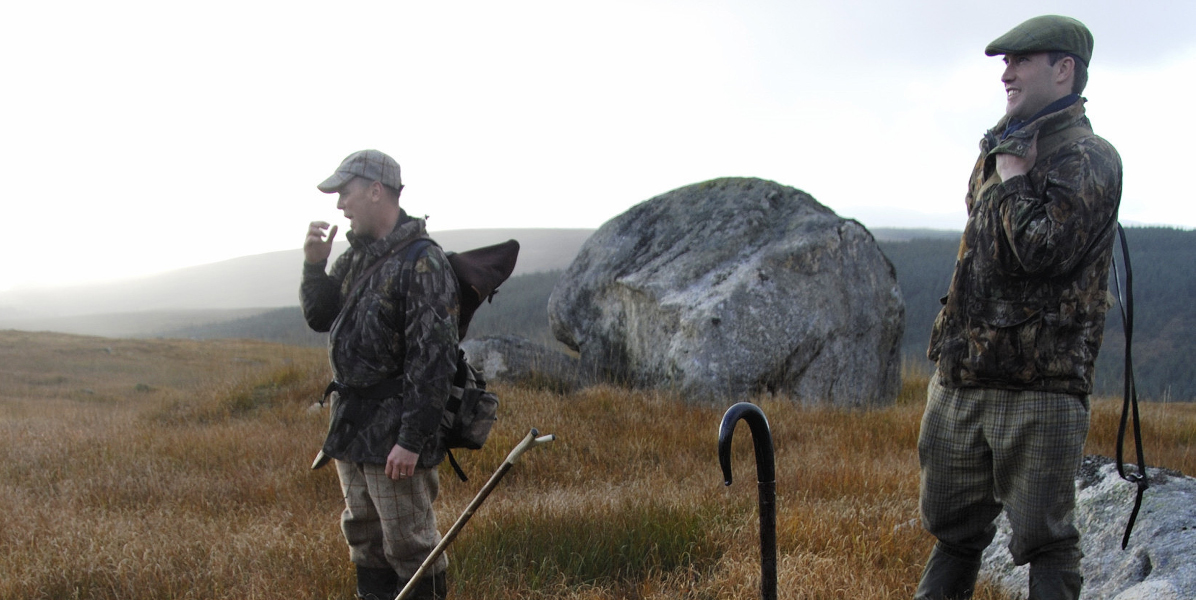
Preserving Highland Heritage
As Scotland’s proud stalking legacy lives on through the generations, sustainable practices ensure the age-old heritage thrives. Careful game management provides ongoing enjoyment of the Highlands through world-class stalking and conservationist conscience. The deer stalking community continues working to protect the wild realm they cherish and the sporting traditions that are intricately bound to the land. That collective commitment safeguards Scotland’s iconic landscapes and its deer herds for future generations to walk the heathered hills with a rifle in hand – embracing all the journey offers along the way.
